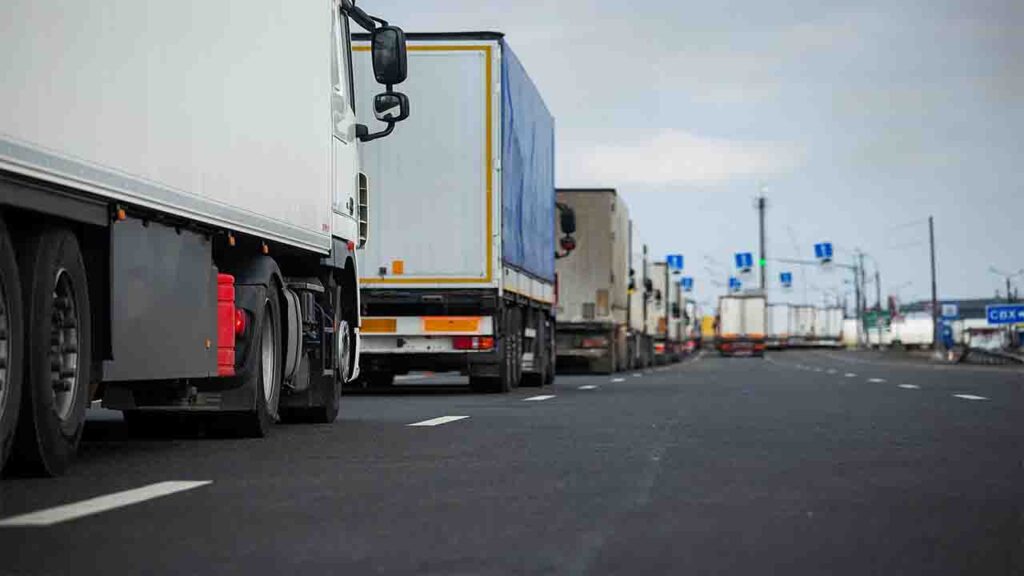Hong Kong (Commonwealth Union)_Hong Kong in rush hour is a den of noise pollution – from the screeching of tyres to the honking of horns to the hundreds rushing home, the city heaves in noise. But through it all, there is a distinct squawk and if one follows the sound, sitting on the branches of a cotton tree is a rare yellow-crested cockatoo. The regal yellow crest set off against snow-white feathers is completely out of sync to the screech it bellows out and for the people in the vicinity, the loud screech is actually a nuisance.
These birds are probably the leftovers of poaching expeditions and truly tell a tale of survival. Yellow-crested cockatoos live in the wild and the fact that they co-exist with humans in a highly developed high-rise landscape is truly a marvel. These birds used to be widely seen in the rainforests of Indonesia and Timor Leste but the 20th century saw them poached to near extinction.

Now on the critically endangered list, up to 96,000 birds were taken from the wild and exported between 1981 and 1992 primarily to Hong Kong. Most escaped or were released. Currently numbers show only about 2000 mature birds remaining in the wild in Indonesia, while Hong Kong’s feral population amounts to about 10 percent.
Numbers in the wild are dwindling rapidly with birds facing immense pressures including climate change, habitat loss, trapping and poaching. Hence, one could argue that the wild population sitting amongst the skyscrapers in Hong Kong are definitely safer than those in the wild. And it would seem like the cockatoos in Hong Kon could play an important role in the conservation of its species.

But it seems nowhere is truly safe. With Hong Kong being a prime destination for the legal wildlife trade, a thriving illegal wildlife trade also runs parallel. While cockatoos are listed under the Convention of International Trade in Endangered Species (CITES), this is circumvented in a gray area that states, ‘cockatoos can be traded if they come from a captive breeding facility’. How can you distinguish if a cockatoo is from a breeding facility or not?
These birds’ diets in the wild are served in a variety of leaves, shoots, flowers and fruit, while captive birds have a diet high in corn which has a distinctive carbon ratio. By conducting a test on the birds and determining the carbon ratio, wild or captive can be distinguished. It’s easy and it’s inexpensive. However, this test is not conducted as an imperative and the exploitation of cockatoos in the wild continues unabated, while those among the high-rises do tend to have a far better life than their counterparts in the wild.
Hong Kong is the world’s largest wildlife trading hub with upto four million animals legally imported for the exotic pet trade between 2015 and 2019. Of the 700 species imported, 70 percent were on the endangered list or threatened with extinction. In fact, Hong Kong has imported more CITES-protected species for trade than any other country or territory including the entirety of Mainland China.







